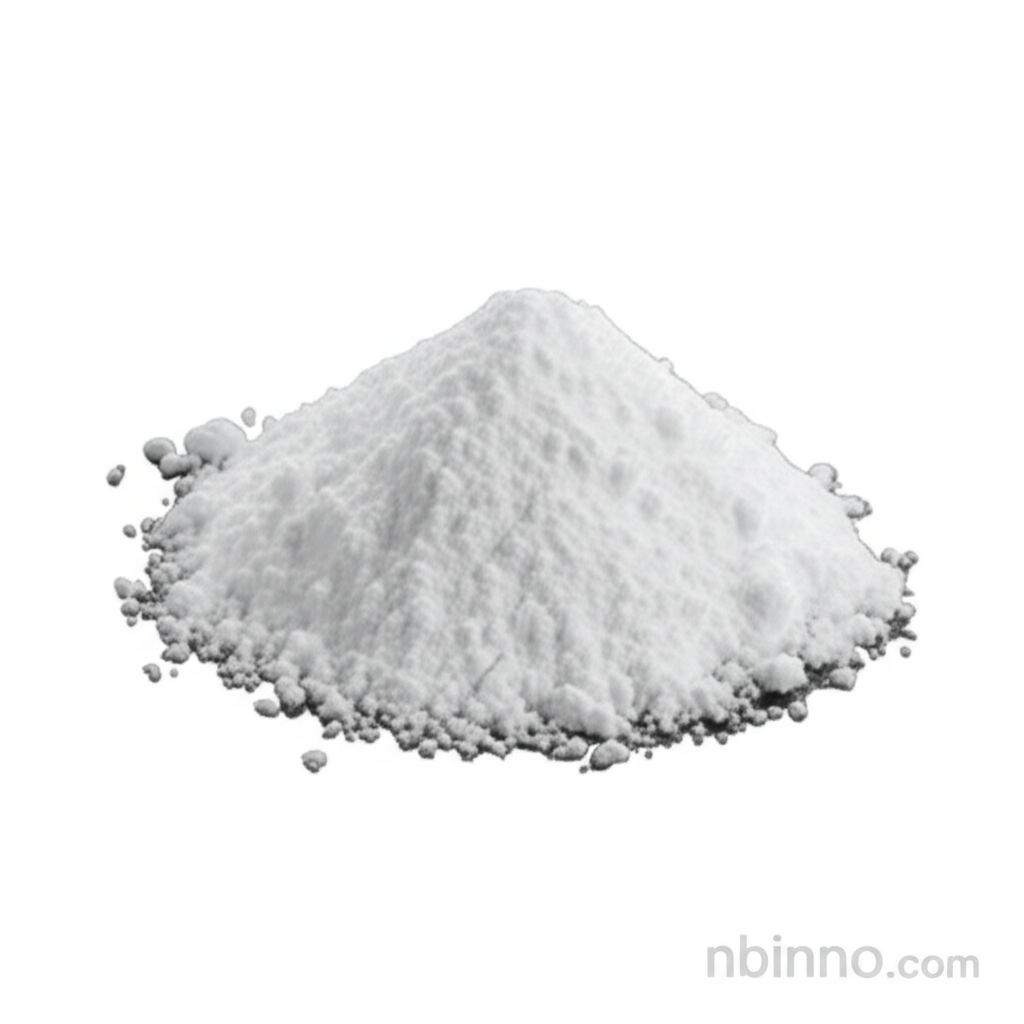Hydroxypropyl Methyl Cellulose: A Versatile Binder for Industrial and Construction Applications
Discover the essential properties and wide-ranging applications of Hydroxypropyl Methyl Cellulose (HPMC) in modern industry.
Get a Quote & SampleProduct Core Value

Hydroxypropyl Methyl Cellulose
Hydroxypropyl Methyl Cellulose (HPMC) is a non-ionic cellulose ether renowned for its exceptional performance as a thickener, binder, and water retention agent. Its versatility makes it an indispensable component in various industrial sectors, significantly improving the quality and application of numerous products.
- As a binder, HPMC enhances adhesion between particles, crucial for materials like tile adhesive and dry mix mortar, ensuring stronger bonds.
- The water retention capabilities of HPMC prevent premature drying of construction materials, leading to improved workability and reduced cracking.
- This versatile ingredient acts as a thickener, controlling viscosity and improving the overall texture and stability of formulations, from paints to food products.
- HPMC finds application across diverse industries, serving as a vital pharmaceutical excipient, a food additive, and a key component in paints and coatings.
Benefits of Using Hydroxypropyl Methyl Cellulose
Enhanced Workability
HPMC improves the workability of construction materials like mortars and plasters, making them easier to apply and spread evenly, a key benefit for dry mix mortar applications.
Superior Water Retention
Its excellent water retention properties ensure that moisture remains within the mix for longer, facilitating complete hydration and enhancing the final strength of materials like cement-based plasters.
Improved Adhesion and Stability
As a binder, HPMC contributes to better adhesion, particularly in tile adhesives, and provides enhanced stability in formulations such as paints and coatings.
Key Applications
Construction
Crucial for wall putty, tile adhesives, dry mix mortar, and plasters, HPMC improves workability, water retention, and adhesion.
Paints and Coatings
Used as a thickener and stabilizer to control rheology, improve film formation, and enhance suspension in water-based paints.
Pharmaceuticals
Acts as a binder, film former, and controlled-release agent in tablets and capsules, ensuring drug stability and efficacy.
Food Industry
Functions as an emulsifier, thickener, and stabilizer in various food products, improving texture and shelf life.
